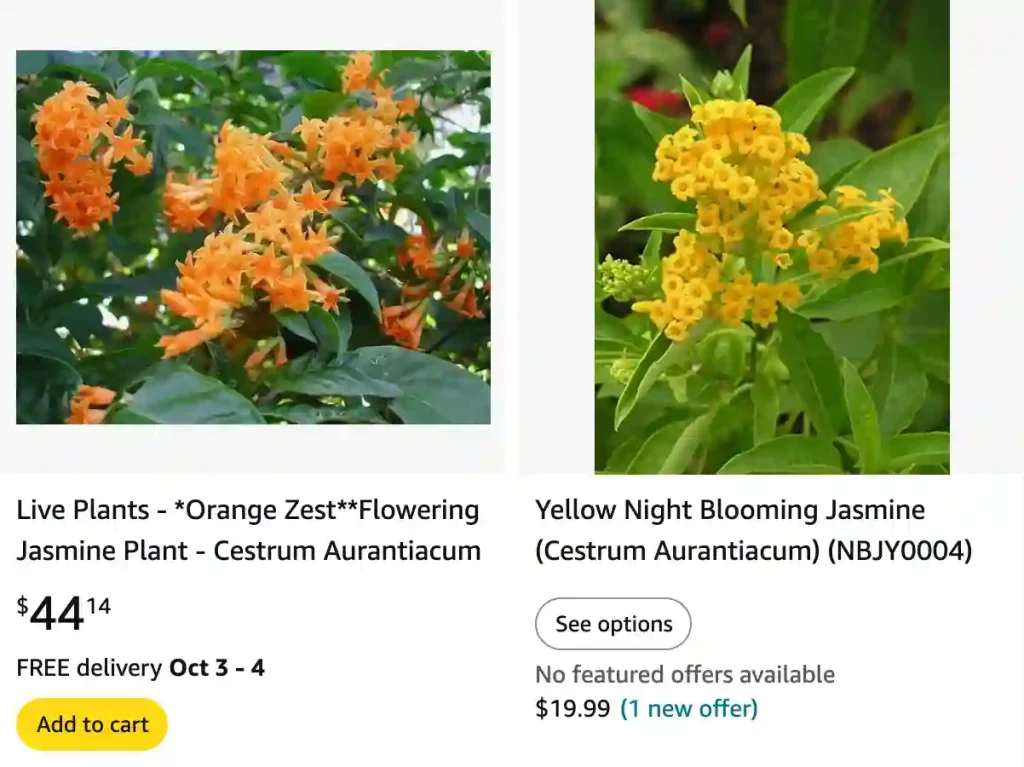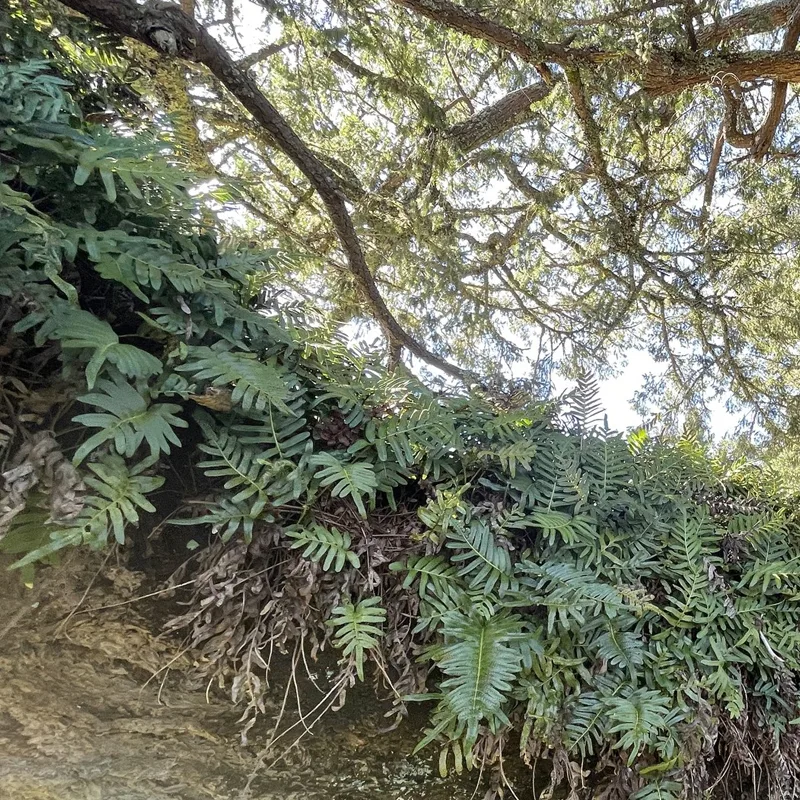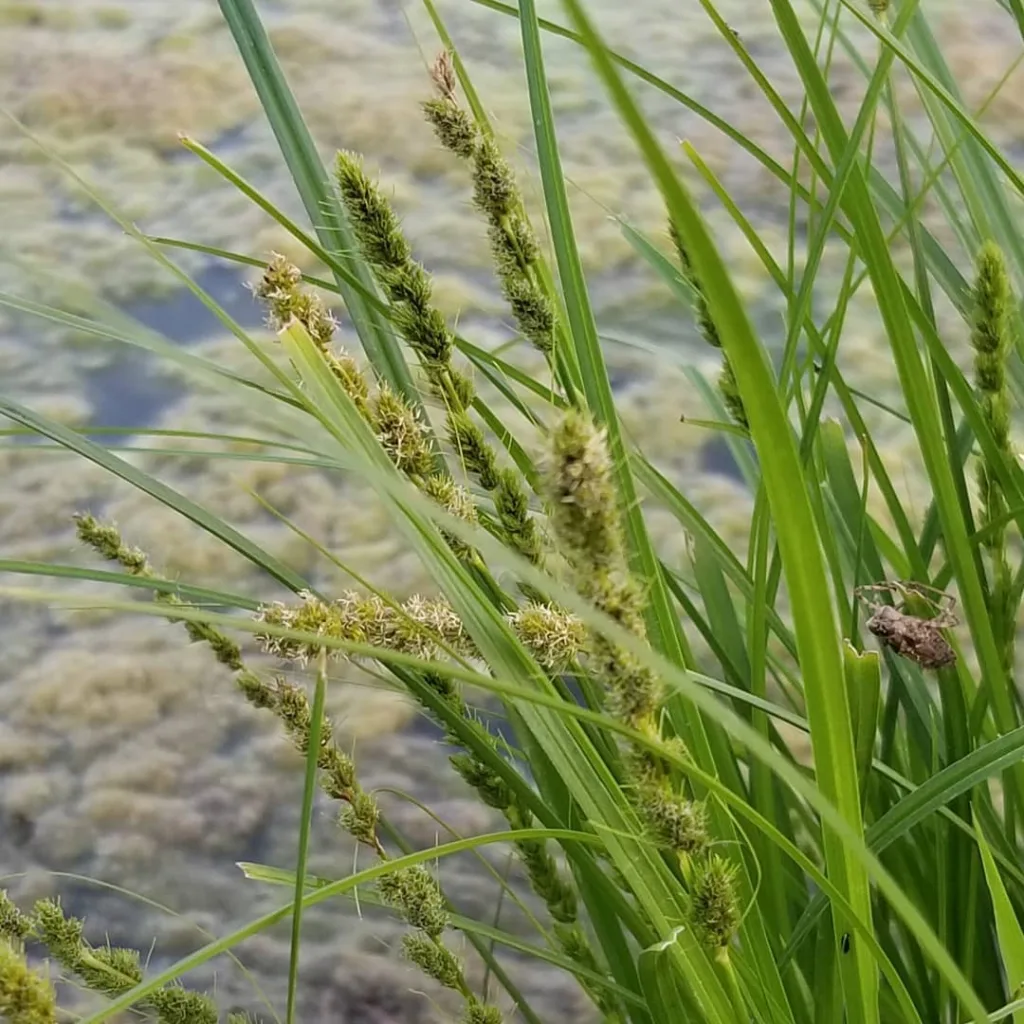
FAQs About Cestrum Aurantiacum
As a passionate plant enthusiast, I’ve always been fascinated by Cestrum Aurantiacum, commonly known as the Orange Jessamine. This beautiful shrub, with its vibrant orange flowers and lush foliage, brings joy to my garden. Here, I’ll answer some frequently asked questions about this plant based on my experiences.
230 Species in Genus Cestrum
What Is Cestrum Aurantiacum?
Cestrum Aurantiacum is a fast-growing evergreen shrub native to tropical regions. It features tubular, fragrant orange flowers that bloom throughout the year, attracting various pollinators. The plant can grow up to 10 feet tall, making it an eye-catching addition to any landscape. I love how its glossy green leaves provide a lush backdrop for the vibrant blooms.
How to Care for Cestrum Aurantiacum?
Caring for Cestrum Aurantiacum is relatively straightforward. Here are the key aspects:
Light Requirements
This plant thrives in full sun to partial shade. In my garden, I’ve noticed that the more sunlight it receives, the more blooms it produces. Ideally, it should get at least six hours of direct sunlight daily.
Watering
Cestrum Aurantiacum prefers well-draining soil that retains some moisture. I usually water mine once a week during dry spells. However, it’s essential to allow the top inch of soil to dry out between waterings to prevent root rot.
Fertilization
I find that feeding the plant with a balanced fertilizer every month during the growing season promotes healthy growth and abundant blooms. It’s essential to follow the package instructions to avoid over-fertilization.
Pruning
Pruning is crucial for maintaining the shape of Cestrum Aurantiacum. I typically prune after the blooming season to encourage bushier growth. Removing dead or damaged stems also helps improve air circulation.
How to Propagate Cestrum Aurantiacum?
Propagating Cestrum Aurantiacum is a rewarding process. Here’s how I do it:
Cuttings
I prefer taking stem cuttings in spring or early summer. I select healthy stems, cut them about 4-6 inches long, and remove the lower leaves. After dipping the cut end in rooting hormone, I plant it in a well-draining potting mix. Keeping the soil moist and placing the pot in a warm, bright location encourages root development.
Seeds
Another method is seed propagation. I collect seeds from the mature fruits and sow them in seed-starting mix. It’s important to keep the soil consistently moist until germination.
What to Plant With Cestrum Aurantiacum?
Cestrum Aurantiacum pairs well with a variety of plants. In my garden, I enjoy combining it with:
- Hibiscus: The bold blooms complement the vibrant orange flowers beautifully.
- Lantana: This plant attracts pollinators, enhancing the garden’s biodiversity.
- Salvia: Their different bloom times create continuous color throughout the year.
Is Cestrum Aurantiacum Toxic?
A significant concern for many gardeners is whether Cestrum Aurantiacum is toxic. Unfortunately, it is indeed toxic to pets and humans if ingested. I always ensure that my pets are kept away from this plant, especially during flowering. Symptoms of toxicity can include nausea and vomiting, so it’s essential to handle this plant with care.
Benefits of Cestrum Aurantiacum
Cestrum Aurantiacum offers several benefits beyond its beauty. The fragrant blooms not only enhance the garden’s aesthetic appeal but also attract beneficial pollinators like butterflies and bees. Additionally, the dense foliage can provide privacy when planted as a hedge.
Common Problems
While Cestrum Aurantiacum is generally low-maintenance, it can face a few issues:
- Pests: I’ve encountered aphids and spider mites. Regularly checking for pests and using insecticidal soap can help manage them effectively.
- Diseases: Root rot is a common problem if the plant is overwatered. Ensuring proper drainage and watering practices can prevent this.
Comparing Cestrum Aurantiacum with Similar Plants
When considering Cestrum Aurantiacum, you might also come across Cestrum Parqui, known as the Green Cestrum. While both are part of the same family, the Green Cestrum has yellow-green flowers and is less fragrant. I prefer the vibrant blooms of Cestrum Aurantiacum for their striking color and scent.
Final Thoughts
Cestrum Aurantiacum has become a staple in my garden due to its striking appearance and relatively easy care requirements. By understanding how to care for it and being aware of its benefits and potential problems, you can enjoy this beautiful plant in your own space. Whether you’re a seasoned gardener or a beginner, Cestrum Aurantiacum can add a delightful touch to your landscape.
If i die, water my plants!



